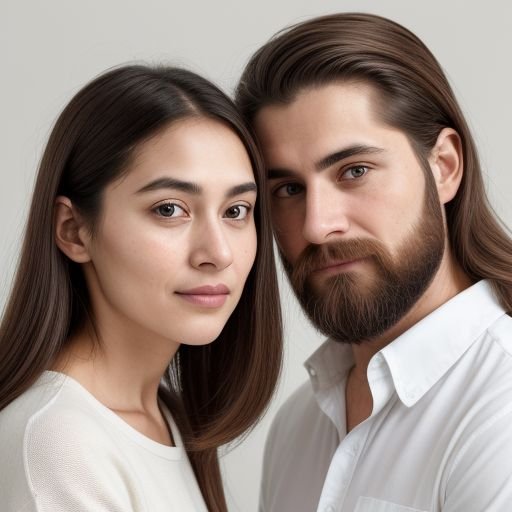When it comes to facial beauty, the eyes are often considered one of the most captivating features. They have the power to express emotions, convey messages, and leave a lasting impression. Within the realm of eye aesthetics, one aspect that plays a crucial role in defining the attractiveness of the eyes is the canthal tilt.
Understanding Canthal Tilt
The canthal tilt refers to the angle at which the outer corners of the eyes are positioned in relation to the rest of the face. It is determined by the alignment of the upper and lower eyelids, as well as the position of the eyebrows. A well-balanced canthal tilt is often associated with a youthful and attractive appearance.
There are two main types of canthal tilt: positive and negative. A positive canthal tilt, also known as an upward tilt, is characterized by the outer corners of the eyes being slightly higher than the inner corners. On the other hand, a negative canthal tilt, or a downward tilt, is when the outer corners of the eyes are lower than the inner corners.
The Ideal Canthal Tilt
While beauty is subjective and canthal tilt preferences may vary across different cultures and individuals, there is a general consensus on what is considered attractive in terms of canthal tilt.
For females, a slight positive canthal tilt is often preferred. This upward tilt creates an illusion of lifted and more open eyes, giving a more feminine and youthful appearance. It is commonly associated with a sense of alertness and approachability.
On the other hand, males tend to have a more neutral or even slightly negative canthal tilt. This downward tilt can convey a sense of strength and intensity, adding to a more masculine and authoritative look.
Factors Influencing Canthal Tilt
Several factors contribute to the canthal tilt, including genetics, age, and facial structure. While genetics play a significant role in determining the baseline canthal tilt, other factors can influence its appearance.
One such factor is the position of the eyebrows. The eyebrows act as a frame for the eyes and can either enhance or diminish the canthal tilt. Well-groomed and properly shaped eyebrows can accentuate the desired tilt and draw attention to the eyes.
Age also plays a role in the canthal tilt. As we age, the skin loses elasticity, and the soft tissues around the eyes may start to sag. This can lead to a change in the canthal tilt, with the outer corners of the eyes appearing more droopy. In such cases, cosmetic procedures like blepharoplasty or brow lifts can be considered to restore a more youthful canthal tilt.
Enhancing Canthal Tilt Naturally
While surgical interventions are an option for those seeking a more permanent change in their canthal tilt, there are also natural ways to enhance the appearance of the eyes.
Makeup techniques can be used to create an illusion of a more desirable canthal tilt. The strategic use of eyeshadow, eyeliner, and mascara can help lift and define the eyes, giving the illusion of a more pronounced canthal tilt.
Additionally, practicing good skincare habits can contribute to a more youthful canthal tilt. Keeping the skin around the eyes moisturized and protected from sun damage can prevent premature aging and maintain the overall appearance of the eyes.
Conclusion
The canthal tilt is a subtle yet significant aspect of eye aesthetics that can greatly influence facial attractiveness. While the ideal canthal tilt may vary based on gender and personal preferences, a well-balanced and harmonious tilt can enhance the overall beauty of the eyes.
Whether through natural techniques or cosmetic interventions, understanding and appreciating the canthal tilt can empower individuals to make informed choices in their pursuit of eye aesthetics.




